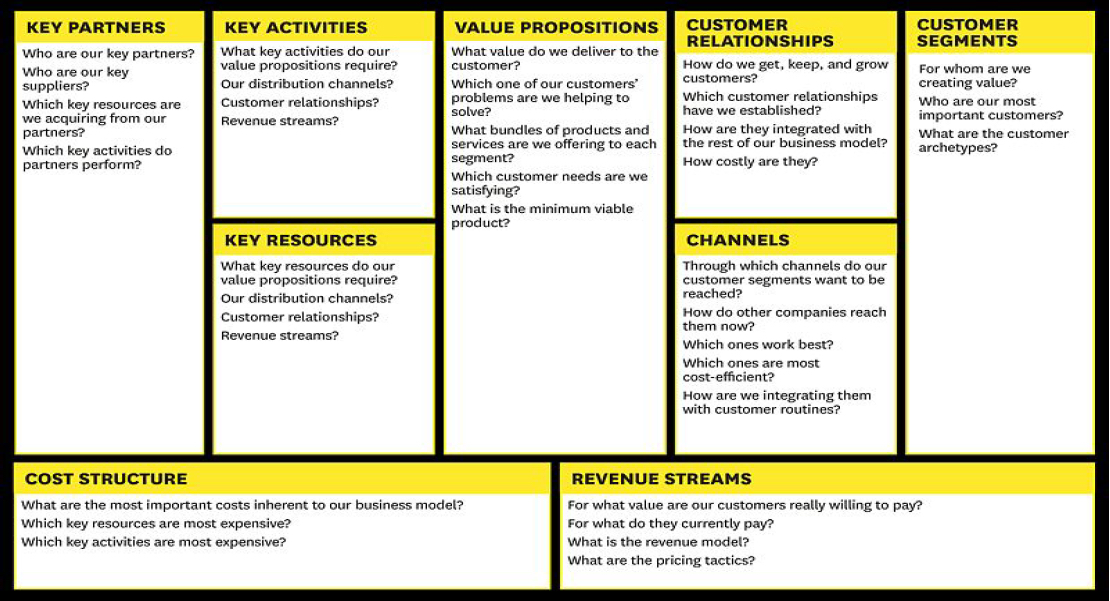

It helps with quick communication of project plans and goals given it’s a high-level visual document that is super easy to share with stakeholders and other teams.The benefits of using a roadmap for your project are many, here are 4 key ones: What are the benefits of using a project roadmap? Unlike Gantt charts, timeline roadmaps are often high-level, which allows them to communicate project strategy in the simplest possible way. Timeline roadmaps are a fantastic way to align everyone on priorities, as well as key dates and milestones. Similar to Gantt charts, timeline roadmaps allow you to plan key activities on your timeline while creating high level project schedules. There are different ways to visualize a roadmap but one of the most popular ones is the timeline roadmap. It’s basically your project’s 360 degree view, helping align everyone on milestones and progress literally everyone, from teams to managers and stakeholders. Why the roadmap is better for autonomyĪ project roadmap, when organized well, can give you a high-level overview of project initiatives and milestones. While using Gantt charts, we often tend to schedule from the initiative to the single task level - which ultimately means that the plan soon becomes outdated and therefore hard to maintain. However, we cannot deny that the way a Gantt chart presents and tracks project plans, easily encourages micromanagement which can ultimately kill the autonomous team. And though there may be simpler ways to visualize Agile projects, Gantt charts can be used in Agile too. Now don’t go jumping to conclusions, Gantt Charts aren’t used for Waterfall projects only. Do Gantt charts encourage micromanagement? You can clearly see key initiatives and scheduled tasks, and you can create different versions with “what if” scenarios for your project plan. Jira's Advanced Roadmaps, for example, is a Gantt chart.Īdvanced Roadmaps in Jira (source: ) Or in other words, a Gantt chart helps cross-functional teams understand the work that is required of them, and the order in which tasks should be completed so they can move on to the next stage of the project.Ī Gantt chart is mainly useful for setting up a detailed plan as to how a team will complete a project. roadmap The Gantt chart is a detailed planĪ Gantt chart is a project management tool (in a bar chart format) that displays a detailed schedule of tasks. Let’s look at both and how they fare when it comes to managing projects but if you’re looking for a very detailed comparison between Gantt chart and roadmap, you can check out this article. What are the differences between Gantt charts and roadmaps? The key here is to have the right communication tools that discourage micromanagement, yet serve as a communication platform for team members and managers to use.

Managers can then focus on the high level planning, while overseeing delivery and helping out when necessary. It’s important that teams avoid getting comfortable in their bubbles, and instead, communicate with other teams on the progress of their work. Only then can teams truly make their own decisions. And so the key to managing cross functional teams as they deliver a project is to align them on project vision, with a high-level plan that includes milestones or initiatives per say. Micromanagement has never pushed a team to experience ownership, or the ability to make decisions when the time comes. So, instead of giving teams the autonomy they need, we create their work schedule for them, estimate the work and then expect them to be creative and accountable? Using some of the old project management tools such as the Gantt chart can lead to overplanning and micromanagement. That is possible thanks to frameworks (like OKRs for example) and the restructuring of teams - from single function departments to cross functional teams.


Instead of planning and scheduling every single activity before a project starts, as they do in waterfall project management, it has become increasingly common to align team members on project missions and grant them autonomy when planning and delivering work. Agile was a big leapĪ leap forward to the 21st century brings a more lightweight approach to managing projects, with the rise of agile methodologies for more on Agile methodologies, here’s a good article. And though we’ve had some type of project management since the early days, project management in the modern sense started in the 20th century with the creation of the Gantt chart, the critical path method and the Project Management Institute in the early 60s to help promote project management as a profession and help develop common project management terminology and techniques.


 0 kommentar(er)
0 kommentar(er)
